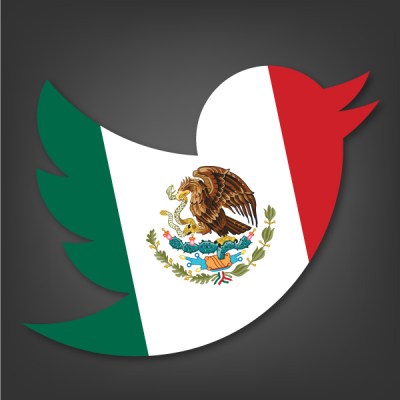In Mexico’s drug-war-torn cities, a small number of Twitter users affected by narco violence are acting as war correspondents to the masses, providing a public-safety alert system of sorts, according to a recent research paper from Microsoft, called “The New War Correspondents: The Rise of Civic Media Curation in Urban Warfare.”
These “curators,” tweeting with hashtags like #mtyfollow, #reynosafolllow, #saltillo and #verfollow, produce an inordinately high number of tweets compared to other users, informing people about recent violence, clashes and other news in regions where traditional news outlets have engaged in self-imposed blackouts to avoid narco violence.
“Twitter in particular and social media in general have become important elements of the information ecosystem. They have not replaced traditional news media, but they have certainly extended it in new ways,” Andrés Monroy-Hernández, one of the report researchers, tells TechCrunch. “Social media is more participatory and democratic than the existing mainstream media, which is one of the reasons why it has emerged as a form of public sphere — like a networked version of the public plazas.”
The report noted that of the 34 million people with Internet access in Mexico, 20 percent use Twitter. About 4.2 percent of Mexico’s online population has posted about the drug war on Twitter, according to the report. These users tend to use Twitter on desktop, and occasionally mobile, Monroy-Hernández says.
Twitter’s adoption in the cities most affected by violence and studied in the report — Monterrey, Reynosa, Saltillo and Veracruz — paralleled the rise of violence there. And the volume of tweets in these cities continues to mirror violence-related events there, according to the report.
Because the use of Twitter in these cities revolves around the drug war, a big chunk of tweets are actually retweets, users notifying their networks about the danger. Hence, the importance of the core group of “curators” who work independently, or with their own sources, to tweet out information to the masses. For example, in Monterrey one Twitter user was responsible for 3 percent of the city’s total tweets, two users responsible for 2 percent and seven users who were each responsible for 1 percent of the city’s tweets.
Yet, because of the nature of these tweets, curators are also anonymous, which at times means it is difficult to ascertain the veracity of the information in the tweets. This legitimacy issue is something Monroy-Hernández sees as part of the evolution of social media in Mexico.
“I see an emerging trend of civic media technologies playing a central role in public life, especially those technologies that build on everyday social media practices,” he said. “I expect this is going to become a very rich space — not only in Mexico, but across the world.”
